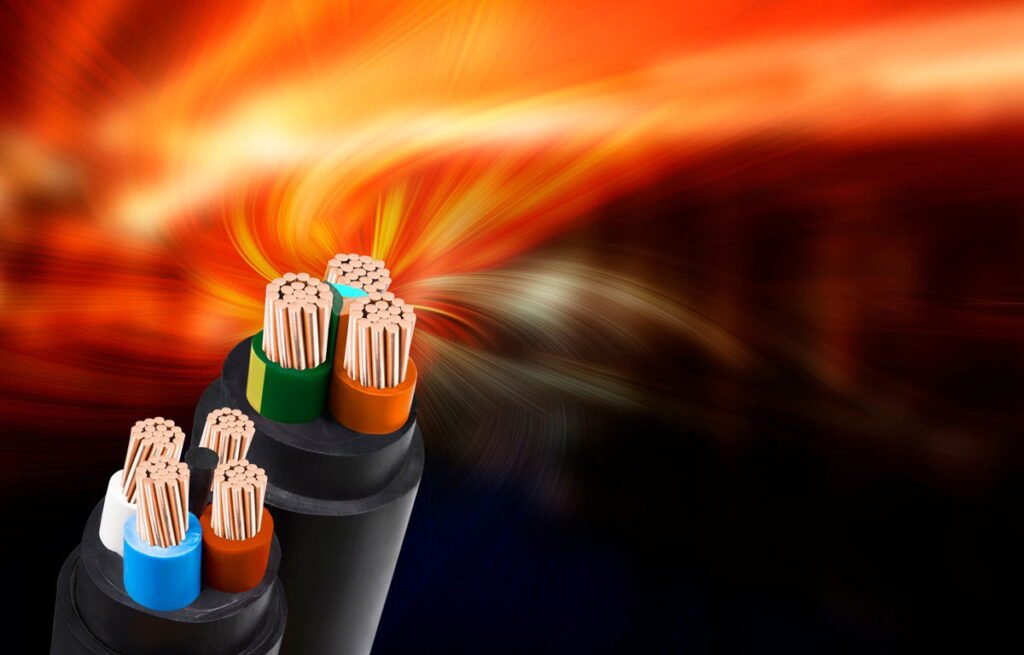France is phasing out its copper phone network—rolling up and recycling old lines as fibre replaces landlines nationwide by 2030.
Credit : TakaYIB, Shutterstock
France has begun retiring its old copper telephone network—starting in parts of the south-west – and the switch-off will roll out nationwide through to 2030.
The plan is simple in theory: remove tens of thousands of kilometres of copper, recycle it, and move everyone to fibre-optic or another high-speed alternative. In practice, it raises fair questions for households: When is my area affected? Will my number change? Who fixes faults? What if I can’t get fibre? Here’s the plain-English guide.
When the copper switch-off happens – and where fibre is ready
Regulator Arcep says copper can only be lifted once a commune has fibre available. Coverage is now widespread and still climbing: 89 per cent of homes in rural communes, 92 per cent in small towns and 94 per cent in larger towns and cities can order fibre, up sharply on last year’s figures. Local authorities decide how connections are built – some sign directly with operators such as Orange, others join regional syndicates like Nouvelle-Aquitaine Très Haut Débit (NATHD).
- Nouvelle-Aquitaine: Copper lines were cut in 10 communes in Corrèze in January. A further 52 Corrèze communes will follow by January 2026, plus 45 in Charente and 12 in Haute-Vienne.
- Dordogne: The department says its €500 million fibre project covering 489 communes has finished, with the last hook-up in Saint-Sauveur-Lalande.
- A national phase-out calendar is being published region by region; check your mairie or departmental digital office for dates.
Key point: your copper pair goes only after there’s an alternative on offer—fibre where possible, otherwise another technology.
What changes at home – boxes, power cuts and keeping your number
The old T-shaped wall socket (prise en T) that powered French landlines for decades will no longer do the job. Instead, you’ll need a “box” (modem/router) that provides internet and telephone over fibre or another connection. In most cases:
- Your landline number stays the same. You can even change provider during the move and still keep it.
- No power, no landline. Unlike copper, fibre-based telephony stops in a blackout because your phone goes through the powered box. Arcep’s nudge is practical: keep a charged mobile at home for emergencies.
- Installation is usually straightforward: a technician brings fibre into the property, mounts an optical socket, and connects your box. Flats may need the building’s fibre riser to be live first—your syndic can confirm.
If fibre genuinely isn’t viable—for example, a remote hamlet—operators must offer an appropriate alternative before copper is removed. The most common options are:
- A 4G/5G home internet box (plugs into the mobile network); or
- Satellite broadband, via Starlink or other providers. Orange has struck satellite deals and sells a service with Nordnet.
There’s also help with the cost. Through Cohésion Numérique des Territoires (running until end-2025), eligible households can get €300 off an alternative access set-up, or €600 if you receive French social benefits. Operators apply the discount directly on the bill.
Repairs and responsibility – who you call when the line goes down
One big operational change: Orange won’t be the universal copper repair team anymore. On fibre, responsibility depends on where a fault sits:
- From your box to the local fibre cabinet (often near the mairie), your retail operator is on the hook to fix it—whoever that operator is.
- Beyond the cabinet, a network owner (which might be a regional syndicate such as NATHD) takes over.
For you, none of this should matter. Arcep is explicit: you always contact your own provider, and it’s their job to coordinate repairs—even if the break lies on infrastructure they don’t own. No buck-passing allowed.
Stay tuned with Euro Weekly News for more news from France

